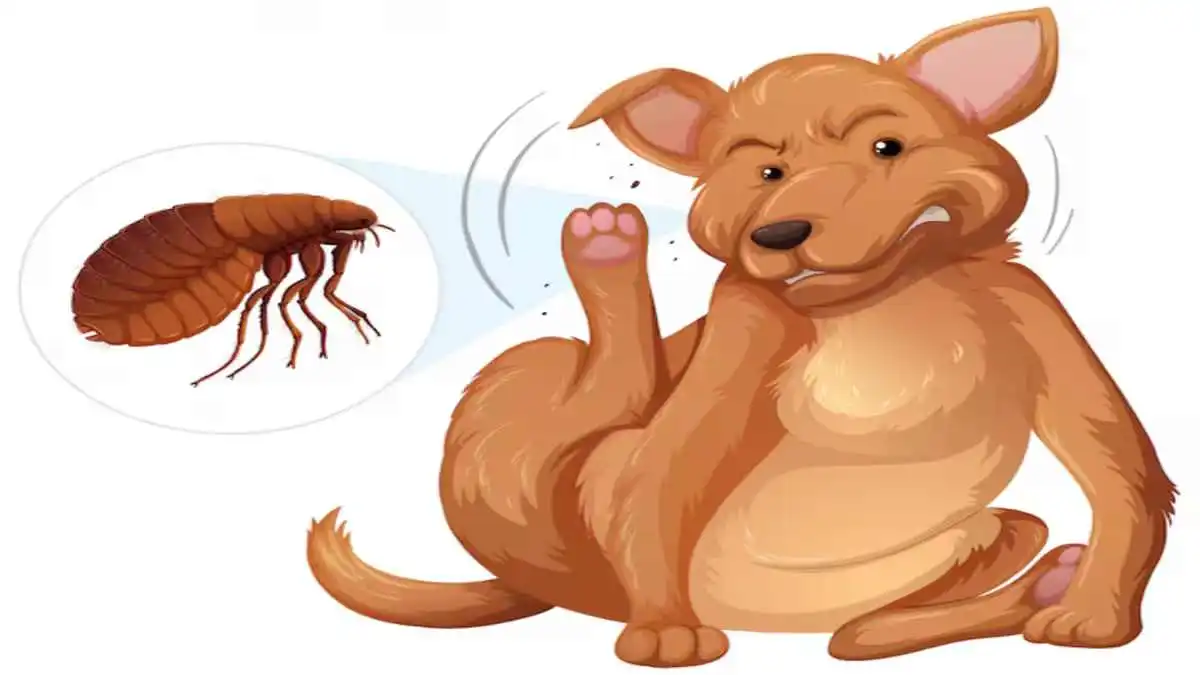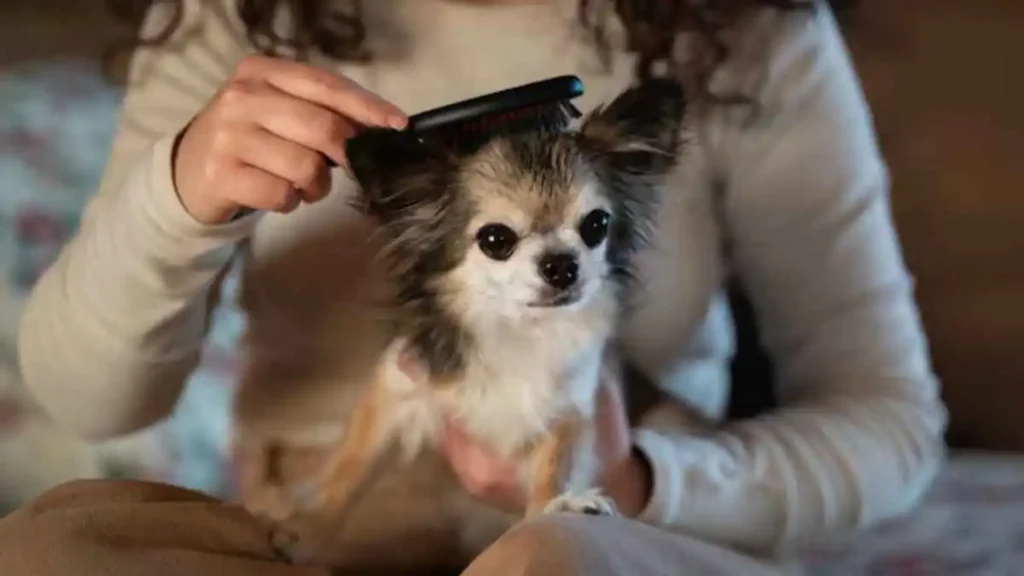GENERAL
Can Dogs Get Lice? An Expert’s Guide to Understanding and Addressing Pet Lice

As a lice expert, I often get asked a very common question: Can dogs get lice? The simple answer is yes, but it’s a bit more complicated than that. Today, I’m going to explain everything you need to know about lice in dogs, drawing from my experience as someone who has dealt with countless cases of lice infestations in both people and pets. Whether you’re a concerned pet owner or just curious, by the end of this article, you’ll have a complete understanding of this topic.
Table of Contents
Can Dogs Get Lice?
Dogs can get lice, but the good news is that lice infestations in dogs are quite uncommon compared to other parasites like fleas and ticks. Unlike head lice in humans, which are very common, dog lice tend to affect dogs that are in overcrowded conditions, have poor hygiene, or are unhealthy. It’s also important to understand that dog lice are species-specific, meaning dogs cannot get lice from humans and humans cannot get lice from dogs.
If you’re in Staten Island and are looking for help with head lice treatment for yourself or your loved ones, check out https://licebusters.org/locations/head-lice-treatment-removal-service-in-staten-island-ny/.
How Do Dogs Get Lice?
Dogs can get lice from other dogs. This could happen in places where dogs are together, like a dog park, kennels, or shelters. Dogs can also get lice from sharing grooming tools like brushes or combs. If a dog with lice uses a grooming tool, then another dog uses that same tool, the lice can move to the second dog.
Some of the most common causes of lice infestations in dogs include:
- Direct contact with other infected dogs
- Sharing contaminated grooming tools, bedding, or collars
- Living in overcrowded or unsanitary conditions
- Poor health, stress, or malnutrition
While lice aren’t as common in dogs, they can cause discomfort and even lead to bacterial skin infections if not treated properly.
Signs That Your Dog Might Have Lice
Lice in dogs can be tricky to spot, especially if you don’t know what to look for. Here are some signs to help you identify if your dog may have lice:
- Itchiness: Dogs with lice tend to scratch a lot, especially around the ears and neck.
- Hair loss: Lice may cause hair loss, particularly in patches.
- Red or irritated skin: If you see redness, bumps, or irritation, lice could be the culprit.
- Flaky skin: Lice can make the skin look dry and flaky. You might notice dandruff-like particles on your dog’s coat.
- Restlessness: Dogs with lice can become restless because of the constant itching and discomfort.

Treating Lice in Dogs
If your dog does have lice, don’t worry—there are treatment options available. You can use special shampoos, collars, topicals, or sprays that are labeled for lice control in dogs. It’s also a good idea to talk to your vet about which products are best for your dog. Some flea treatments can also be effective against lice.
Other treatment steps include:
- Thorough cleaning: Make sure to wash your dog’s bedding, collar, and grooming tools to get rid of lice or their eggs.
- Regular grooming: Keeping your dog groomed and healthy is one of the best ways to prevent lice. Regular brushing can help you catch any signs early.
- Clipping matted hair: If your dog has matted hair, it’s important to clip it as lice can hide in those tangled areas.
Can Dogs Get Lice from Humans?
One question I get asked a lot is, “Can my dog catch lice from me?” The answer is no. Lice are species-specific, which means that the type of lice that affects humans will not survive on dogs, and vice versa. Human head lice feed only on human blood, and they cannot survive on the blood of dogs. Similarly, the lice that live on dogs do not feed on human blood.
If you want to read more about lice and dogs, this article explains more about whether dogs can get lice.
Personal Experience and Expert Insight
As someone who has worked with families, schools, and pet owners for years, I’ve seen just how distressing lice infestations can be. The important thing is to stay calm and take action quickly. I remember one case where a family brought in both their children and their dog, worried that lice were being spread back and forth. After examining both, I explained that while the kids had head lice, the dog had its own type of lice, unrelated to human lice. We treated everyone properly, and the family was able to leave feeling much more at ease.
Quote from Dalya Harel, Hair Care Expert and Founder of Lice Busters
Dalya Harel, founder of Lice Busters, always says, “Lice can be a nuisance, but with the right care and attention, it’s possible to treat and prevent infestations. It’s important to remember that dogs and humans have different types of lice, and keeping a clean and healthy environment is key to preventing lice.” Dalya has always emphasized the importance of understanding that lice in pets are different from lice in people, which helps families handle these situations with more confidence.
Prevention Tips
While treating lice is important, preventing lice is even better. Here are some tips that can help keep your dog lice-free:
- Groom regularly: Brushing your dog on a regular basis can help catch lice or other issues early.
- Keep bedding clean: Wash your dog’s bedding and any other fabrics they come in contact with.
- Avoid sharing grooming tools: If your dog spends time at a grooming facility or dog park, avoid sharing brushes and combs with other pets.
- Healthy diet: A healthy dog is less likely to get lice, so make sure your pet gets the proper nutrition.
- Use preventive products: Talk to your vet about flea and tick preventives that can also help with lice control.
Key Takeaways
- Dogs can get lice, but the lice they get are different from those that affect humans.
- Lice infestations in dogs are rare and usually happen because of poor hygiene, stress, or overcrowded conditions.
- The signs of lice in dogs include itchiness, hair loss, and flaky skin.
- Treatment options include special shampoos, collars, sprays, and grooming.
- Lice are species-specific, meaning dogs cannot catch lice from humans, and vice versa.
- Preventing lice in dogs involves keeping up with grooming, maintaining cleanliness, and avoiding shared grooming tools.
If you suspect your dog has lice or if you just want to be sure that everyone in your household is lice-free, don’t hesitate to get in touch with a professional. Remember, lice can be managed—and with the right knowledge, you can ensure both you and your pets stay comfortable and itch-free.
-

 GENERAL2 months ago
GENERAL2 months agoUncovering the World of кинокрадко: The Dark Side of Film Piracy
-

 GENERAL2 weeks ago
GENERAL2 weeks agoUnveiling the Art of преводсч: How Translators Bridge Language Barriers
-

 YOGA1 year ago
YOGA1 year ago4 Person Yoga Poses for Beginners
-

 GENERAL2 months ago
GENERAL2 months agoThe Journey of iamnobody89757: From Anonymous User to Internet Sensation


























